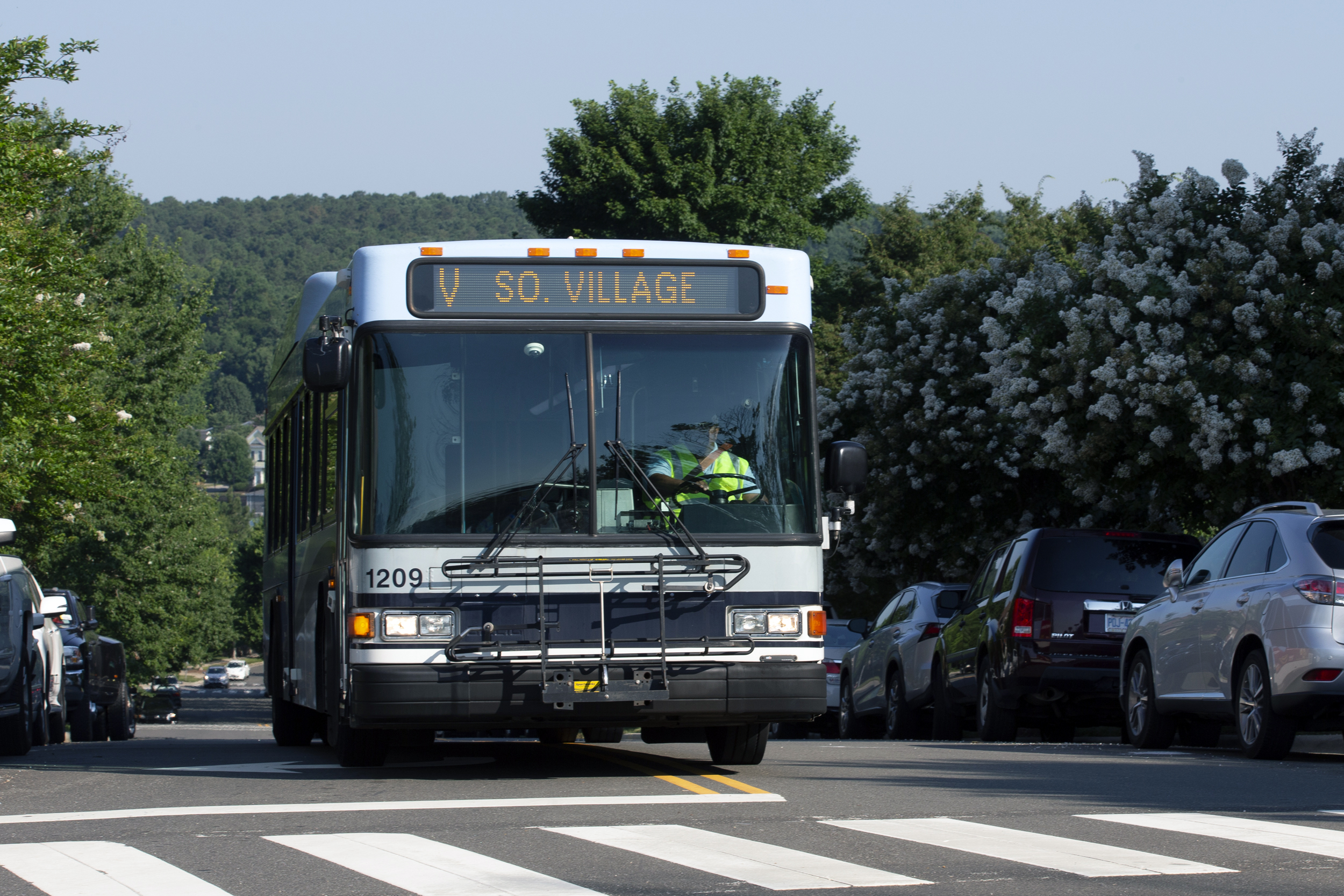The Durham-Orange Light Rail Project is moving forward after the federal government completed its environmental review.
The Final Environmental Impact Statement was approved by the Federal Transit Authority on February 11. That statement addressed concerns from the public after a draft was released last fall. Jeff Mann, the general manager at GoTriangle, said they received 1,400 comments during that time.
The 17-mile light rail line will run from UNC Hospitals in Chapel Hill to Duke and VA Hospitals in Durham.
The project is expected to cost about $1.5 billion, 50 percent will come from the federal government, 25 percent will come from a local sales tax and the remaining 25 percent would come from the state.
But last year the legislature put a cap of $500,000 on light-rail projects. Mann said he hopes legislators will lift that cap during their next session.
“We are working diligently with our partners and supporters to work with members of the general assembly and with the support of NC DOT and the administration has been very supportive of the efforts to remove that cap in the upcoming short session,” said Mann.
The state Department of Transportation had previously allotted $138 million to the Durham-Orange Light Rail under a 2013 bill that allocated transportation funds based on data and local input.
While state funding for the project is still an issue, Mann said they will continue to move the light rail forward.
“We are not slowing down; we continue to think that the Durham-Orange Light Rail Transit project is the right transit solution for the corridor,” said Mann.
Some oppose the light rail project, instead favoring a bus rapid transit system that would create dedicated bus lanes for faster travel.
The light rail has been in project develop phase. Mann said the project will now enter an engineering phase for the next three years.
“It’s a very large project so we don’t want that to slip in any way and we will continue to drive forward just as we have been,” said Mann.
Construction is expected to begin in 2019 with service starting in late 2025 or 2026.
Related Stories
‹
![]()
Lavelle, Other Electeds Tour Future Light Rail LineThe light-rail line connecting Durham and Chapel Hill is still more than a decade away from becoming a reality – but planners are already hammering out the details about the specific path that line will trace, and they’re hoping to have some of those questions answered this spring. With that in mind, about 10 elected […]
![]()
DOLRT Station Info Meeting Thursday Night in Chapel HillThe Durham-Orange Light Rail Project has been approved by the Federal Transit Administration to enter the engineering phase. The project is in contention to receive over $1 billion dollars in federal investment. Go Triangle project director Danny Rogers claims that this will bring continued involvement from the FTA. “They take that very seriously,” said Rogers, […]
![]()
Congressmen Advocate for Light Rail ProgressGoTriangle is continuing to work with local and state officials to make the Durham-Orange Light Rail Transit Project a reality. The organization hosted a tour Monday of the project corridor for congressmen David Price and G.K. Butterfield, along with other local officials. The corridor included the added stop at North Carolina Central University. Butterfield said […]
![]()
Different Views Remain on Light Rail ProjectConstruction on the Durham-Orange Light Rail won’t start until 2019, and service isn’t expected to begin until 2025, but it’s already a contentious issue. Transit officials and community members discussed the development of the project at Tuesday’s WCHL Community Forum. The 17-mile light rail line will run from UNC Hospitals in Chapel Hill to the […]
![]()
Triangle Transit Holds Light Rail Open HouseOn Wednesday afternoon, Triangle Transit invited the public to give input on the proposed 17-mile light rail line extending from UNC Hospitals to east Durham.
![]()
More Sales Tax, Less Grant Money For OC Bus And Rail PlanTriangle Transit officials say financial projections for the Orange County Bus and Rail Plan need to be adjusted due to cuts to state and federal funding.
![]()
TTA: OC Transit Plan Off To A Good StartTransit planners say the roll-out of the Orange County Bus and Rail plan is going smoothly, despite a few early bumps in the road.

Orange County Sets Public Hearing for Updates to Transit PlanTen years ago, Orange County voters approved a new half-cent sales tax to go toward a variety of transit projects and long-term expansion of connectivity through the county. As part of the measure, the county government created a long-term Transit Plan to help guide elected officials and staff on how to use those funds. Now, […]

Three Former N.C. Governors Visit UNC Campus for Panel on State PoliticsIt’s not easy to meet with a former governor. It’s even harder to get two to meet with each other for an event. The UNC Institute of Politics, however, hosted three former North Carolina governors for a discussion panel last Thursday. Former North Carolina Governors Jim Hunt, James Martin and Pat McCrory sat together on […]
![]()
Orange County Delays Light Rail Finance Review as Duke's Deadline LoomsAt last week’s Orange County commissioners meeting, officials discussed hiring a third-party consulting firm to review the financial plan for the proposed Durham-Orange Light Rail transit project connecting Chapel Hill and Durham. The vote eventually went 4-2 against the third-party review after prolonged discussion. It just wasn’t the right time, chair of the commissioners Penny […]
›



